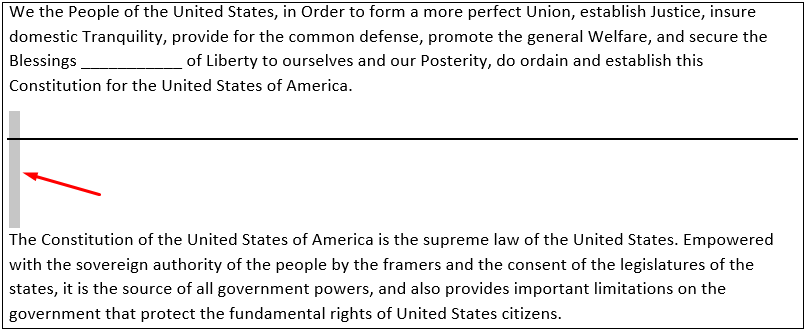

The process is the same as described above but instead of using the Table button in the ribbon you can press Ctrl + T on your keyboard. You can also create a table using a keyboard shortcut. This is where you’ll be able to name your table, find table related tools, enable or disable table elements and change your table’s style. This is where all the commands and options related to tables will live. When the active cell moves outside the table, the tab will disappear again. This is a contextual tab and only appears when a table is selected. Whenever you select a cell inside a table, you will notice a new tab appear in the ribbon labelled Table Tools Design. Press the Ok button when you’re satisfied with the data range and table headers check box.Ĭongratulations! You now have an Excel table and your data should look something like the above depending on the default style of your tables. If this is unchecked Excel will create generic column headers for the table labelled Column 1, Column 2 etc… You can also adjust this range by manually typing over the range in the input field.Ĭhecking the My table has headers box will tell Excel the first row of data contains the column headers in your table. Excel guesses the range and you can adjust this range if needed using the range selector icon on the right hand side of the Where is the data for your table? input field. With the active cell inside your data range, go to the Insert tab in the ribbon and press the Table button found in the Tables section. Instead of letting Excel guess the range you can also select the entire range of data in this step. You’ll be able to confirm this range later on. Select any cell inside your data and Excel will guess the range of your data when creating the table. Create a Table from the RibbonĬreating an Excel Table is really easy. Each cell in the total row will have a drop down menu that allows selection of various summary formula. This row can contain text, formula or remain blank. If it’s enabled, it will be the last row of the table. By default, tables don’t include a total row but this feature can be enabled if desired. A table must contain at least one column. The body of a table can contain one or more rows and if you try to delete all the rows in a table a single blank row will remain. The body is where all the data and formulas live. Column headings must be unique in the table, they cannot be blank and they cannot contain formulas. It is the first row in a table and contains the column headings that identify each column of data. Throughout this post, I’ll be referring to various parts of a table, so it’s probably a good idea that we’re both talking about the same thing. This post will tell you about all the awesome features tables have and should convince you to start using them.

Ok, so what’s so great about Excel Tables other than being a container to organize data? A lot actually. Without a table, the only thing relating the data is proximity to each other. Tables tell excel that all the data is related. Similarly, you might put all your customer data into one Excel table.

In your house, you might put all your plates into one kitchen cupboard.

Imagine a house without any closets or cupboards to store your things, it would be chaos! Excel tables are like closets and cupboards for your data, they help to contain and organize data in your spreadsheets. What is an Excel Table?Įxcel Tables are containers for your data. This post will tell you about all the awesome features Excel Tables have and why you should start using them. Yes, I mean everything and there’s a lot. In this post, we’re going to learn everything there is to know about Excel Tables!


 0 kommentar(er)
0 kommentar(er)
